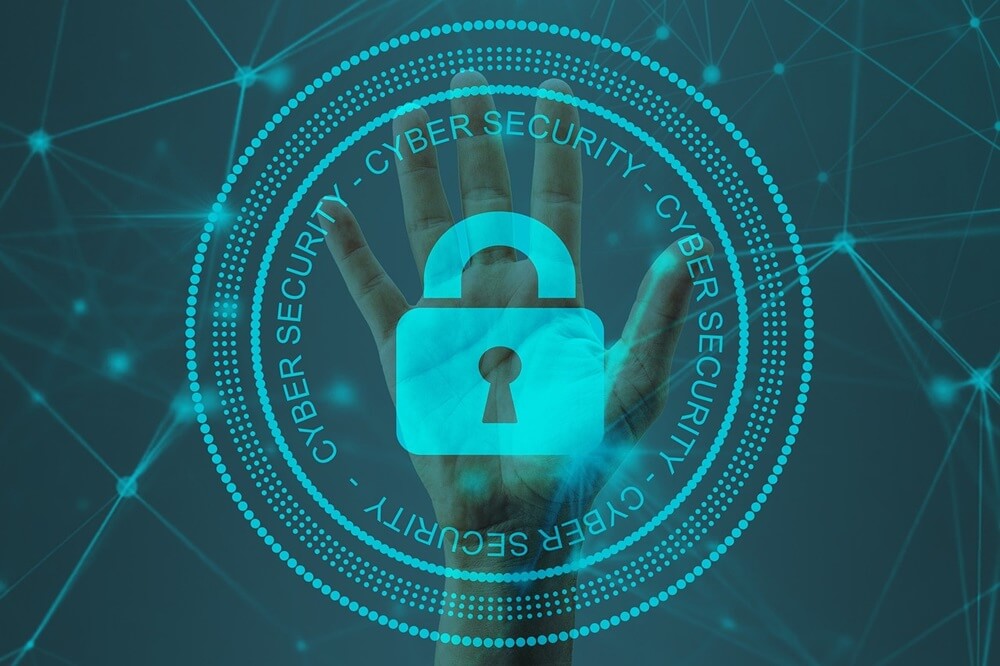Point of Sale System: Here’s Your Ultimate Guide

Point of Sale financing is a form of credit/loan provided to a consumer at the time of purchasing a product. POS loans can be given to anyone. A consumer who takes up the loan can pay the price of the product in small installments over a duration of time that best suits him/her. The rate of interest on these loans is minimal, hence making it convenient.
The transactions under point of sale financing take place with the help of POS systems.
Point of sale systems are automated systems that have both software and hardware. It comes hand-in-hand with a POS machine which we can see at shopping malls and other stores. These systems make any kind of business transaction between the client and the company take place effortlessly.
Also read: Best POS Systems for Franchises
How do POS (Point of Sale) systems work?
Suppose we go to a retail store and shop for various items. Some of these items have a discount. Now, the cashier at the counter does not calculate the discounted price on these products himself. There is a printed barcode on the items and there is a scanner at the counter, to detect its price. With the help of the POS system, the barcode scanner automatically detects the discounted price and shows it on the computer.
We often witness the long queues at grocery stores, for example, Spencers. Naturally, the benefits of the POS system are self-explanatory. Almost all the shops in the markets and malls use this system.
However, there are specific needs for different businesses. Not all businesses can use the same POS systems. For instance, restaurants, grocery shops, retail stores, all have their specific requirements and a POS system to fit those requirements.
Also read: What is the Transfer Price Accounting
Types of POS systems and their usage
There are various types of POS systems, namely, mobile POS systems, touch screen POS systems, cloud POS systems/POS apps, open-source POS systems, multichannel POS systems, self-service kiosk POS systems.
A mobile POS system (mPOS) has a device similar to a smartphone or tablet but works like a cash register, making wireless transactions.
Touch screen POS systems are replacements for cash registers. The customer pays by card under this system. This system has two segments- a mainframe controller that processes all the information and a terminal that displays the information on the screen.
Cloud based POS systems, also referred to as POS apps are often used on smartphones. “Cloud” refers to access to the internet. Information entered in a cloud-based POS system is stored on servers, instead of computer hard drives.
Open source POS systems come with software that allows us to customize the system as per our retails operations.
Some of the top multichannel POS systems are Shopify, Lightspeed Retail, Square, etc. which best suit businesses that sell in-store, online, or on the go. But the self-service kiosk system suits online food businesses, as a customer can place the order, pay, and check out all by themselves. This is a complete self-serving process.
Hence, retail businesses cannot use a self-service kiosk POS system or a fast-food business cannot use a multichannel POS system.
For the two above-mentioned businesses, i.e. retail business and food business (restaurants), the POS systems are a prerequisite.
Constituents of the POS system
The foremost requirement to install a POS system is a computer. Where else can you run the software?
If you don’t already have a computer, then you can buy one along with a POS system. It is important to choose the right kind of POS software to best suit your business. All the necessary functions and features are mostly instilled in the software, making it easy to manage and use.
The next constituent is hardware. The hardware includes all the tools and machines required to operate the POS system.
It includes a touchscreen monitor or table, credit card terminal, cash drawer, receipt printer, and barcode scanner. It is evident that these hardware tools are interdependent and the POS system cannot function without them.
Why use Point of Sale systems?
The transactions that take place in POS systems are completely safe and secure for both the customer and the business owner. The customers do not have to worry about their bank or personal information getting leaked. It also provides a detailed receipt of the transactions they make.
The cashier does not run the risk of making mistakes in accounting. The chances of making any kind of error are slim.
It also provides minute details like the working hours of an employee.
Once installed, the usage and maintenance of POS devices are very easy.
Since the transactions are hassle-free and accurate, a POS system helps us to keep a track of all the sales, purchases, and profits and regulate it accordingly.
It is very difficult to maintain all business details manually. We always run the risk of misplacing or losing information. But with POS systems it only becomes easier. We do save a lot of time and energy. In all, POS systems are very beneficial in the business world.


